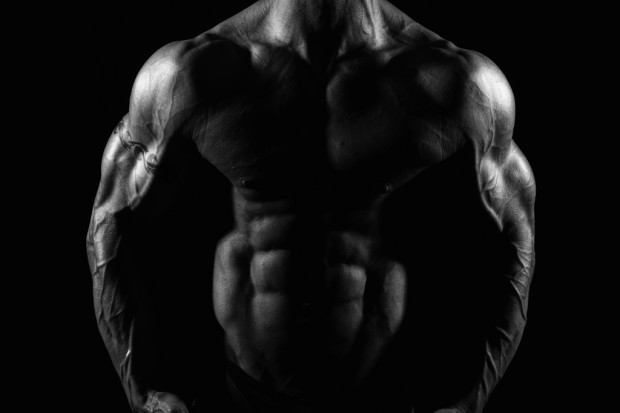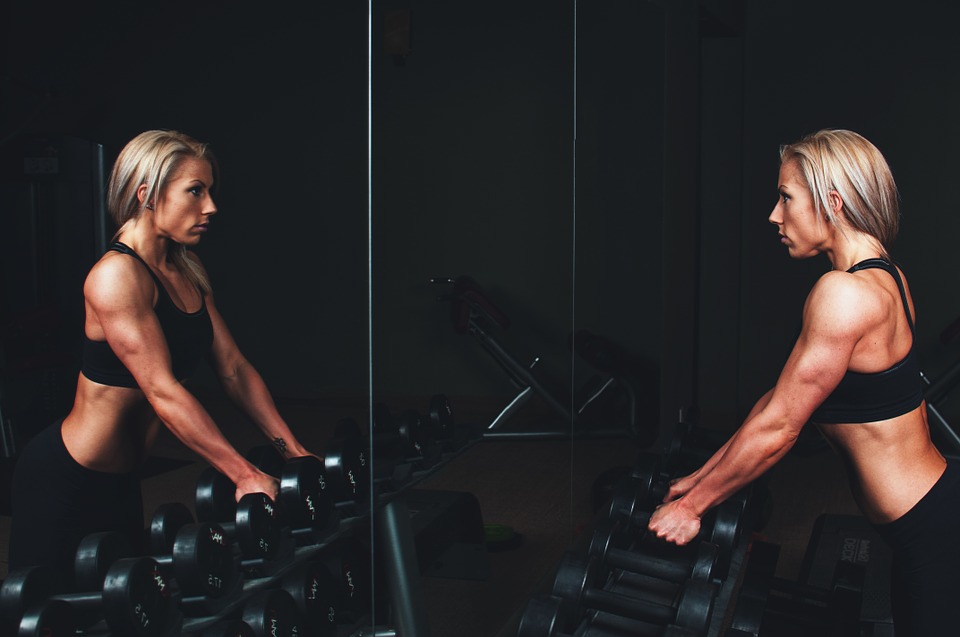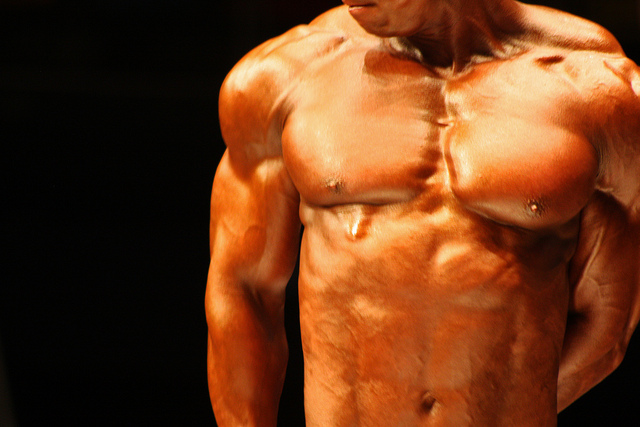After a long workout in the gym or a session spent doing cardio, you’re probably going to experience tight muscles and tendons. They might even be sore – high intensity exercises cause tiny tears in our muscle fibres and connective tissue, and it happens to even the most physically fit. Your muscles must be allowed to recover if you want to keep exercising in the coming days without wincing in pain! There are plenty of ways to help aid in your recovery, but here are four of the easiest and most effective.
1. Foam Rollers
The type of foam roller you need depends on how often you think you’ll use it. Some can be purchased cheaply, whilst others may be pricier but designed to target specific muscles (if you can’t decide, ask the experts like the team at HART Sport). Massaging your sore muscles on a roller should bring a ‘good pain’ and relief as your knots are worked out. If you feel sharp pain though, consult a physician. Your hamstrings and lower back are areas that can be relieved with this practice. You can find appropriate exercises in the booklet that accompanies most rollers.
2. Massage Balls
These are spiky balls that are ideal for anyone with muscle pain or ‘trigger points’, those tight spots in your muscles that cause discomfort to the surrounding areas. As with a massage, these balls will loosen up tight, sore muscles. They’re easy to use – lie down on your massage ball and move around to get your neck, shoulders, back, legs or any other areas that are hurting. If sitting down at a desk, you can sooth sore feet by rolling your feet over them repeatedly. Oftentimes, sore feet are connected to back and knee issues, so you’ll actually be improving the situation in these areas too.
3. Stretching
After a strenuous workout, a 10-minute stretching session will increase blood flow to reduce inflammation, while also helping your alignment. The Swan Stretch is great for shoulders, chest, back and abdominals. To do this stretch, lie face down on the floor with hand in front of shoulders, fingers upwards and legs extended together behind you. Press your hands down and lift your stomach off the floor. Keeping shoulders down, pelvis grounded and abs engaged, stretch your upper body up and away from the floor. Keep your shoulder blades together and open your chest. Hold for 45 seconds. Do five sets of four reps.
4. Supplements
While working on your body from the outside is great, sometimes you need to help recovery from the inside as well and there are a few key vitamins that can do the trick. Vitamin C boosts collagen production, the connective tissue that repairs tendons, and helps flush lactic acid out of your muscles. Vitamin D then improves calcium retention and reduces inflammation, while B vitamins increase energy and assist muscle repair – a lack of this can lead to muscle cramps. Finally, Vitamin E rids the body of an unwanted protein that’s produced when exercising: Creatine Phosphokinase (CPK). It also protects cells from free-radical damage.
Try incorporating these easy exercises into your workout regime and see how your muscles react – you should find yourself to move more freely and suffer less pain.












